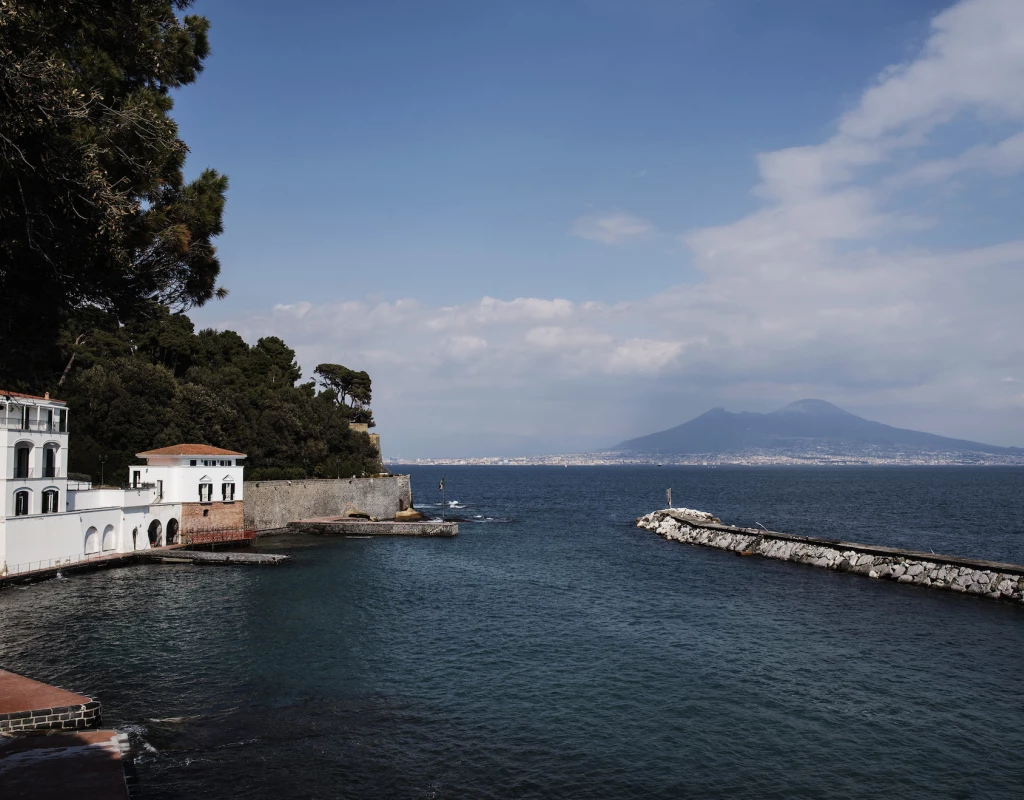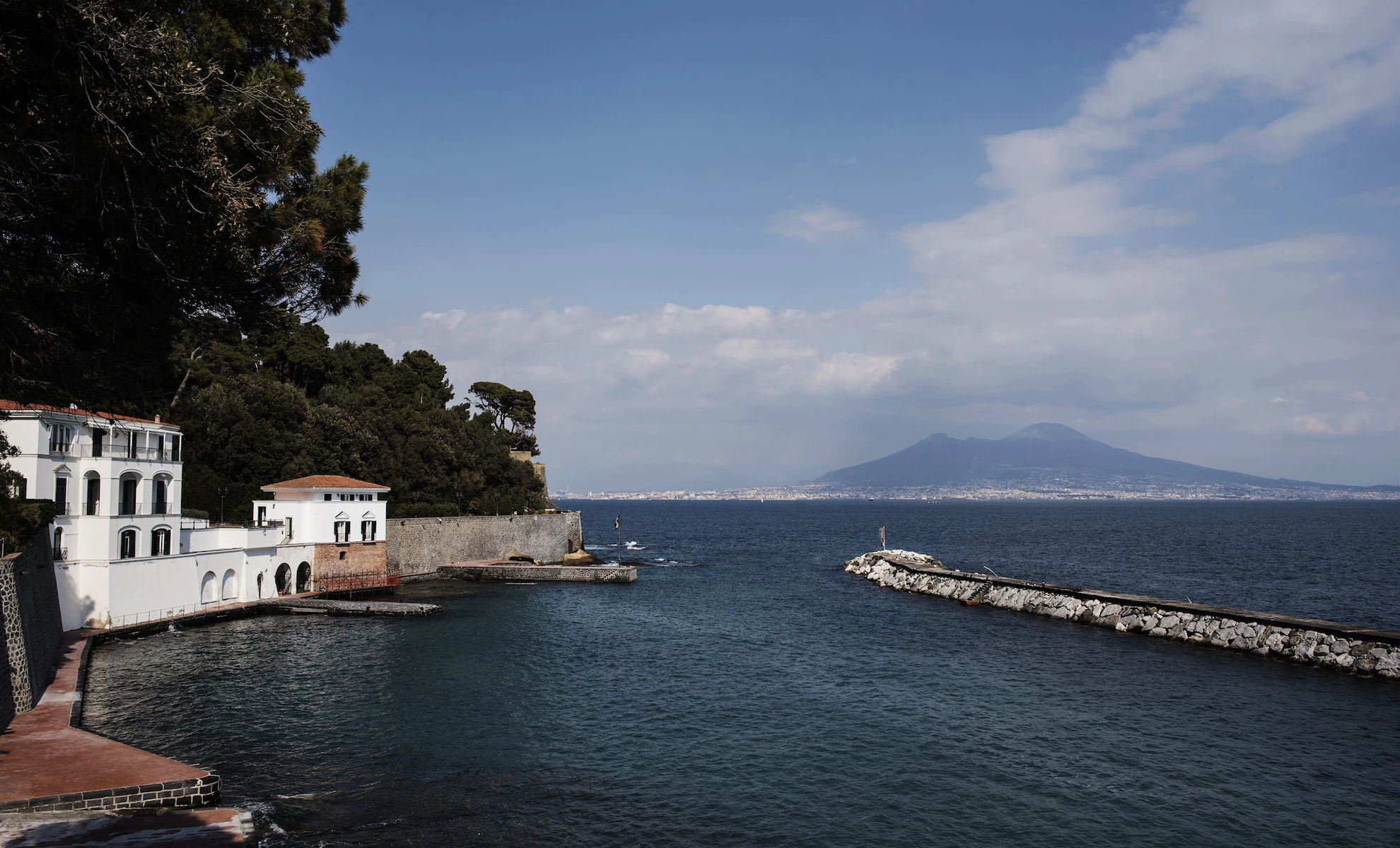The Neapolitan residence of the Italian President, Villa Rosebery is a splendid example of a nineteenth-century aristocratic building with a unique view of the Gulf of Naples.
Ph. Anna Monaco - Trentaremi

It was 1801 when the officer Giuseppe De Thurn - naval brigadier of the Bourbon fleet - bought the land in Posillipo to build the residence. At the time the neighborhood had an agricultural vocation: vegetable gardens, orchards and vineyards descended towards the sea from a hill about forty meters high. It was the Pausilypon of the Romantic era, when the town's military and noble class – aware of the echoes that came from all over Europe, from the discoveries of Pompeii and Herculaneum and from the Grand Tour – underlined its prestige through sumptuous neoclassical buildings.
Ph. Anna Monaco - Trentaremi
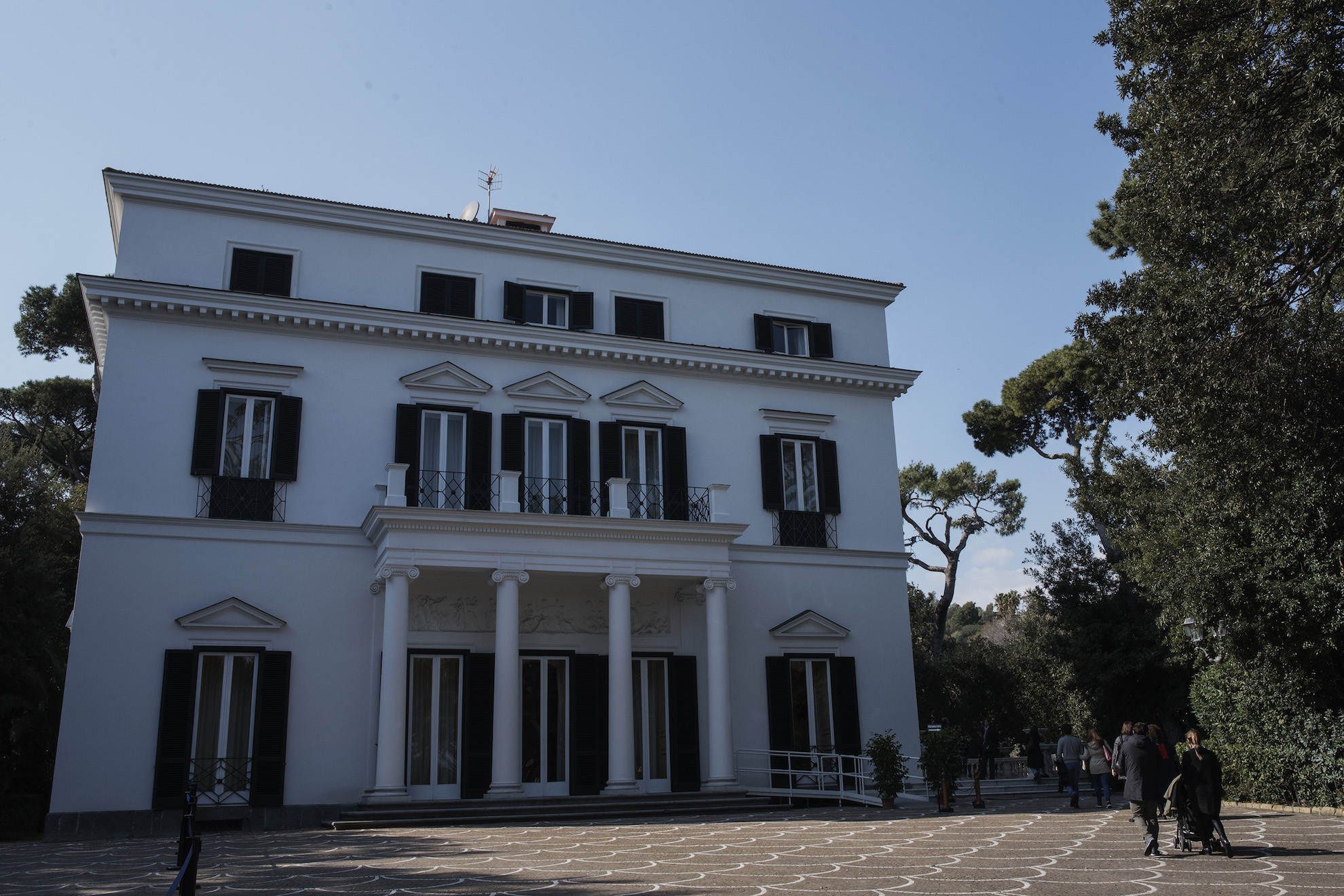
After the Napoleonic decade, from 1806 to 1816, the Bourbons reconquered the throne of Naples and all the properties confiscated by the French. Including Villa Rosebery, of course, which was then restored. What were once agricultural spaces became a sumptuous park surrounded by trees, hedges and adorned flowerbeds, in the style of the other great royal residences in Campania, such as the Royal Palace of Caserta or the one in Portici. The Villa was transformed from agricultural land to private residence.
The reason for the change was in the urban planning of Naples. Once seated on the throne, Ferdinando IV completed the expansion project of the city towards the West, with a road that from the port of Mergellina led to Bagnoli, through Posillipo, precisely. What used to be a countryside neighborhood was becoming a residential district for aristocrats and nobles.
Ph. Anna Monaco - Trentaremi
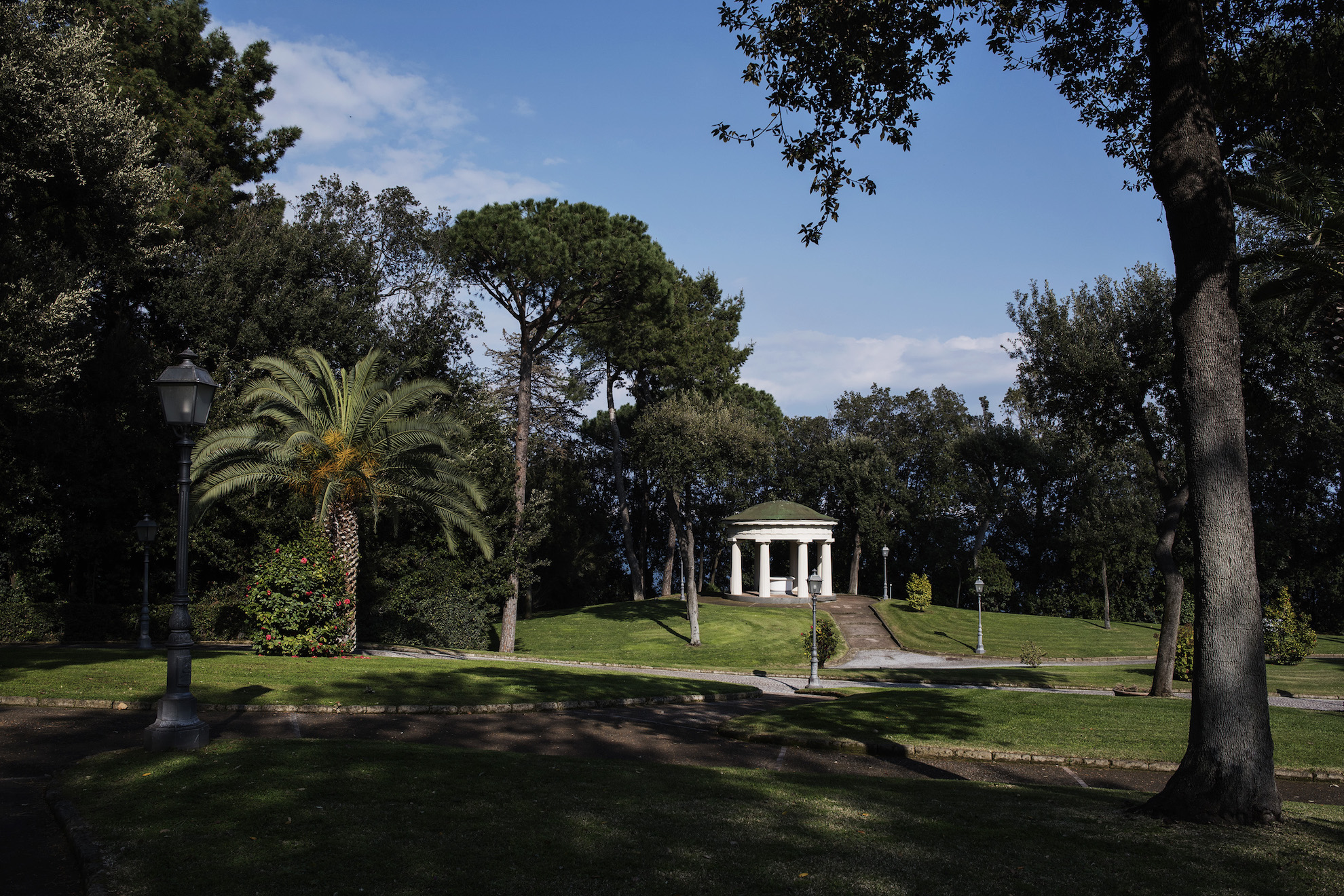
The new owners of the Villa, bought in 1820 by the princess of Gerace and her son Don Agostino Serra di Terranova, supported this development project while protecting the enchanted soul of the place. While the social life of the city bourgeoisie swarmed on the streets, the Villa remained in its dimension suspended in time. The sea, just a short walking distance, was easy to reach thanks to the park’s paths. And it was easy to hear thanks to the waves crashing along the Posillipo tuff coast. Villa Rosebery and the sea already lived in symbiosis, despite the urban changes intended to make Naples a modern metropolis.
Ph. Anna Monaco - Trentaremi
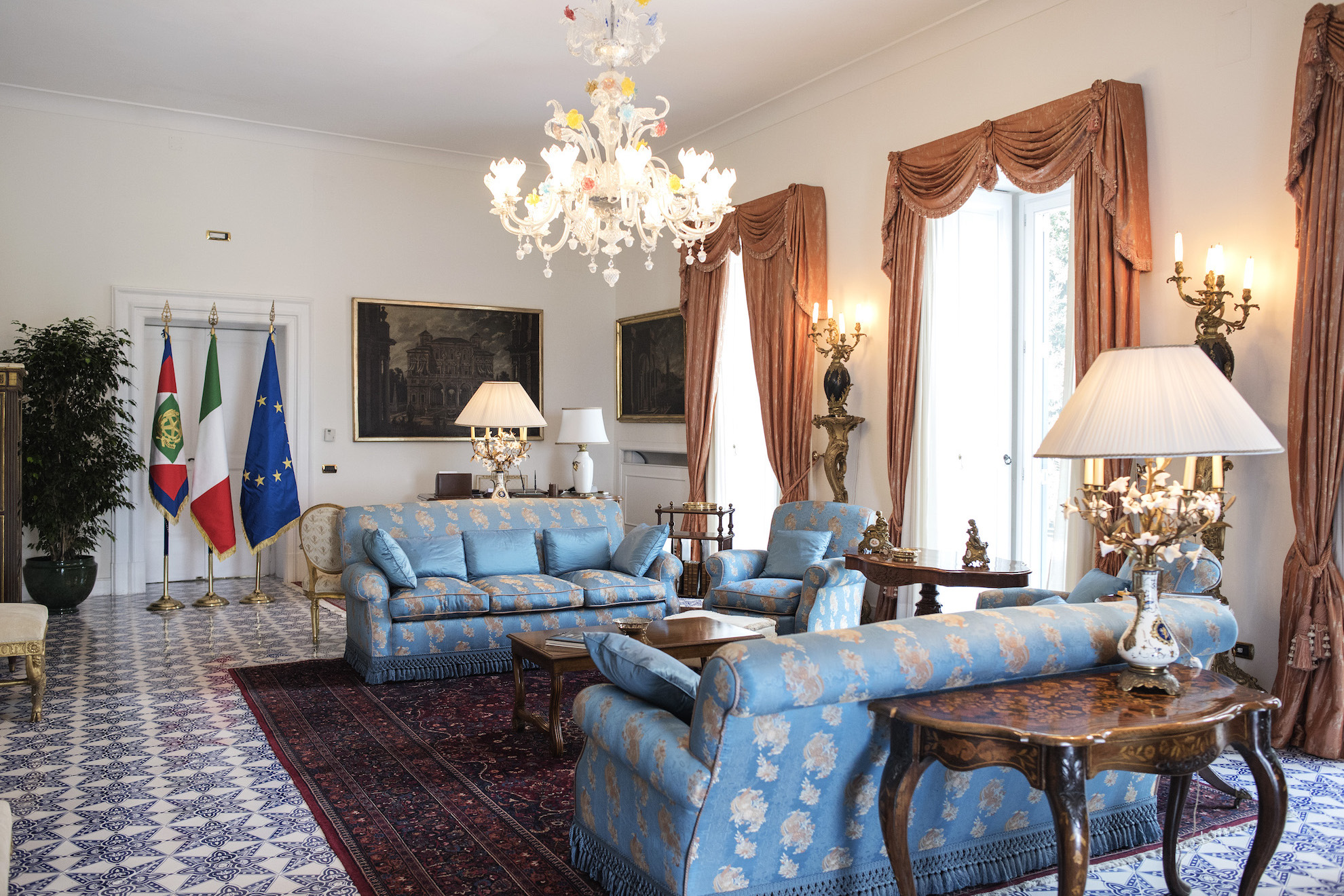
Two small buildings overlooking the sea - a sort of outbuilding of the main Villa, called "Casina a Mare" and "Piccola Foresteria" - were entrusted to the local settlers, until the Villa was bought in 1897 by Lord Rosebery, british politician, former prime minister of his country. With him the Villa became definitively a “private” place, far from the social life of the city. There the Lord loved to entertain himself during the Neapolitan stays.
But maintenance soon became too onerous, even for Lord Rosebery and the British government. In 1932 the villa was then donated to the Italian state. It first became a royal residence for the Savoys, then a presidential residence.
Ph. Anna Monaco - Trentaremi
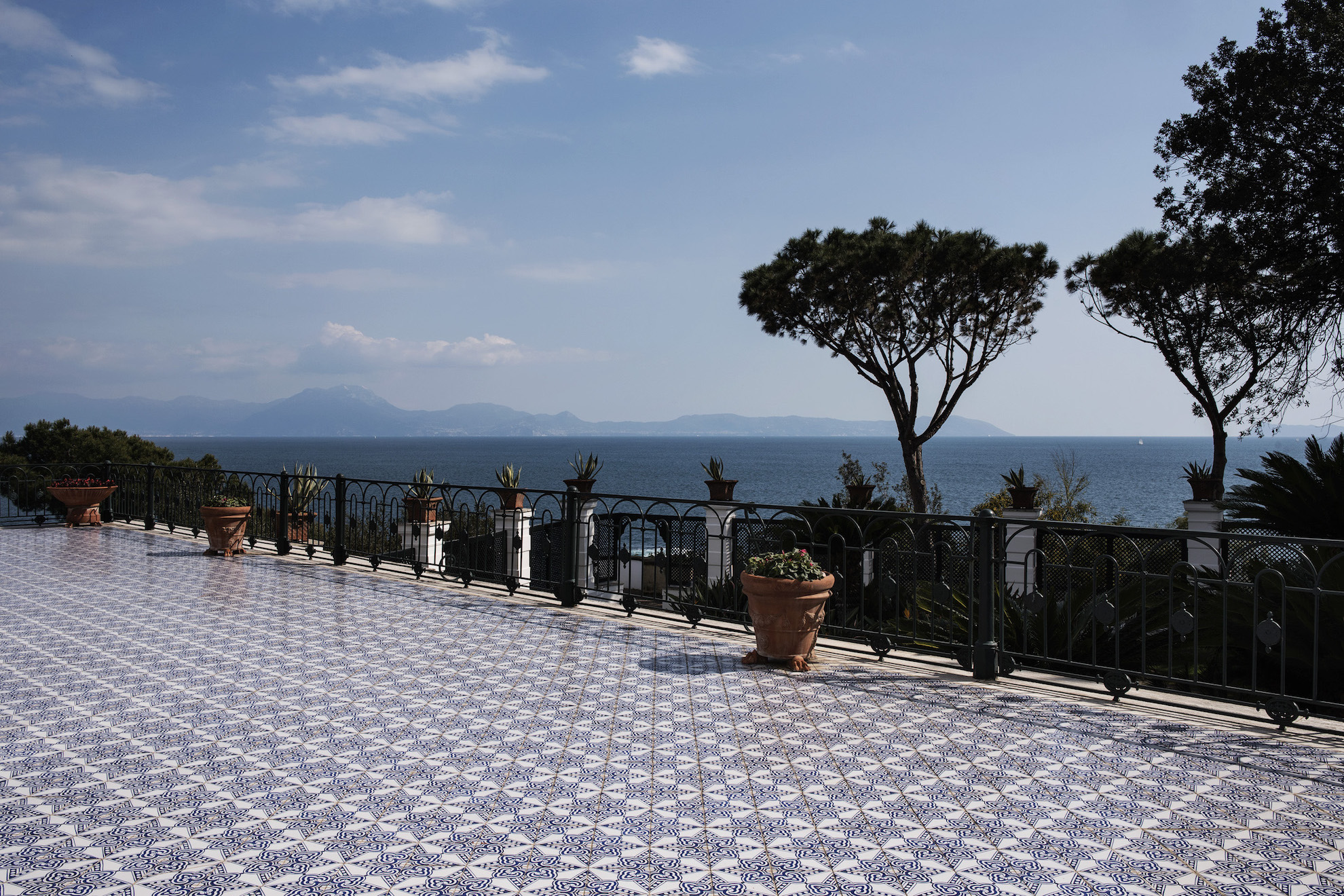
Even today, the eye-catcher leaves you speechless. The imposing nineteenth-century style of the Villa dominates the profile of the Posillipo hill. From the sea, you can admire the neoclassical forms surrounded by the green of the cycas, oleanders, palms and hibiscus, which color and perfume a corner of the city still far from chaos and daily routine. A small paradise on which to gaze, perhaps being lulled by the waves of the Gulf by boat or during a kayak trip from the nearby Green Rocks or Marechiaro.
